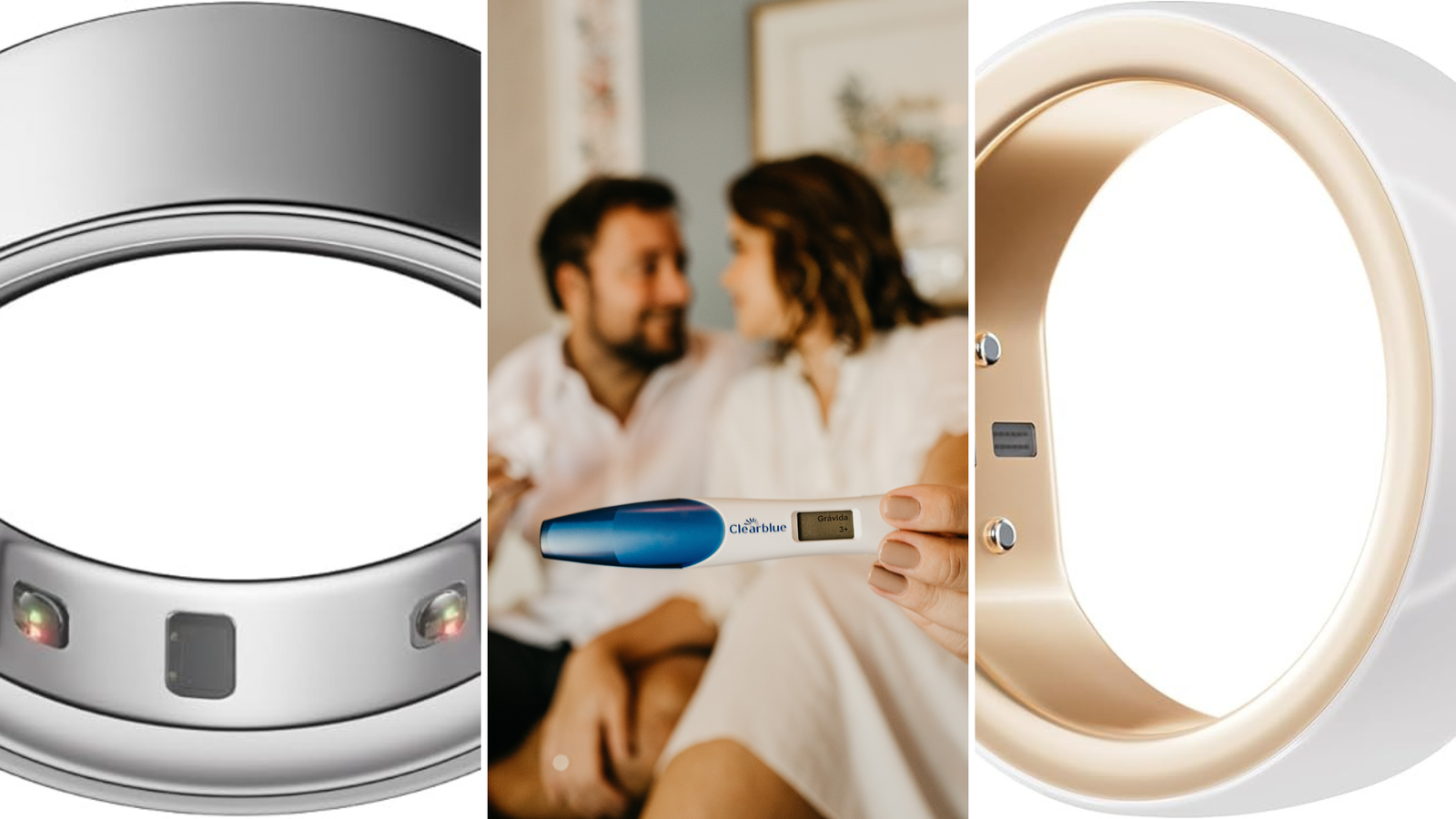Understanding your fertile window is crucial for couples trying to conceive or practice natural family planning. Traditional methods—like manual cervical mucus checks, calendar calculations, or BBT tracking—each have limitations in accuracy, convenience, or both.
The kegg® fertility tracker represents a novel approach by measuring the electrical impedance of cervical mucus to detect electrolyte changes that correspond with hormonal shifts, thereby identifying your peak fertility days before ovulation occurs.
Key Takeaway:
In this in-depth review, we examine the kegg® fertility tracker—a medical-grade device that uses cervical fluid impedance technology to pinpoint your fertile window in just two minutes a day.
Unlike traditional basal body temperature (BBT) thermometers or single-hormone urine tests, kegg delivers personalized, real-time insights without recurring costs, using a one-time purchase model that saves you money over time.
Clinical studies report that kegg achieves 63.6% sensitivity and 81.8% specificity, outperforming BBT alone by 7.14% in sensitivity and 20.35% in specificity—although urine-based test strips still offer 100% sensitivity for detecting ovulation but at the expense of specificity (25%).
Priced at $269 (Silver) and $299 (Gold), kegg requires only minimal daily input, integrates with a free companion app, and grants access to a supportive user community, making it an attractive option for those seeking a balance of accuracy and convenience.
kegg fertility tracker reviews: Product Overview

kegg® offers a simple, app-integrated system for fertility awareness:
- Technology: Uses impedance sensing of cervical fluid electrolyte levels to detect fertility.
- Usage: Insert the device vaginally for about two minutes each morning to capture a reading, then sync via Bluetooth to the kegg app.
- Cost: One-time purchase of $269 (Silver) or $299 (Gold), with no ongoing subscription fees.
- Accuracy: Clinically validated to be more precise than BBT alone—7.14% higher sensitivity and 20.35% higher specificity—and offers a balanced trade-off compared to urine-based hormone tests.
- Community & Support: Free access to a private online community for chart insights, best-practice tips, and user-support specialists.
Pros and Cons
Pros
- Rapid, Daily Use: Requires only two minutes per day, fitting seamlessly into morning routines.
- One-Time Purchase: No recurring costs or expensive test-strip refills; eligible for FSA/HSA reimbursement.
- Clinically Validated: Demonstrates superior accuracy over BBT tracking and fewer false positives than urine tests.
- Non-Invasive & Discreet: Insertable like a Kegel ball, with optional guided pelvic-floor exercises built in.
- Support Network: Access to a private TTC community and expert chart interpretations at no extra charge.
Cons
- Higher Upfront Cost: At $269–$299, it’s more expensive than many BBT thermometers or single-hormone test kits.
- Tech Reliance: Requires a compatible smartphone and the kegg app for data interpretation; connectivity hiccups may occur.
- User Reports of Errors: Some Amazon reviewers report inconsistent readings, error messages, and difficulty obtaining reliable data.
- Warranty & Support Issues: A subset of users experienced challenges with customer service and warranty claims after device malfunctions.
Comparison with Other Fertility Trackers
kegg vs. Tempdrop
Tempdrop is an armband BBT sensor worn overnight that syncs temperature data to an app, offering comfort and retrospective ovulation prediction; it requires a premium app subscription and costs $149–$219 upfront, making its total annual expense comparable to kegg’s one-time fee but with ongoing charges.
kegg vs. Mira
The Mira Fertility Tracker uses a handheld analyzer and disposable urine wands to measure LH, E3G (estrogen), and PdG (progesterone), providing in-depth hormone profiles for $199–$259 per starter kit plus $40–$90 per wand refill; it excels in hormonal clarity but entails recurring consumable costs and daily sample collection.
kegg vs. Ava
Ava is a wrist-worn wearable that tracks BBT, sleep, stress, and resting pulse to predict fertility, priced at $239–$309 depending on the model, with a 12-month pregnancy guarantee similar to kegg; however, its data focuses on physiological metrics rather than direct cervical mucus sensing, and it requires nightly wear and subscription for full insights.
kegg vs. Clearblue
Clearblue’s standalone fertility monitor tracks LH and estrogen via test sticks displayed on a dedicated touchscreen device, costing around $91 for the monitor plus $55.70 per refill, and offers high sensitivity (100%) but low specificity (25%); Clearblue is app-free and user-friendly but only detects the 24-hour surge, compared to kegg’s multi-day fertile window insights.
For other comparison articles, check Temdrop vs Mira and Temdrop vs Apple watch.
Conclusion
kegg® stands out as a premium, cervical fluid–based fertility tracker that balances accuracy, convenience, and cost-effectiveness for users willing to invest upfront in a one-time device. Its impedance technology delivers clinically validated insights into your fertile window without the complexities of hormone test refills or nightly wearables.
However, if you prioritize hormone concentration data or prefer non-invasive BBT methods with lower initial costs—despite potential ongoing fees—alternatives like Mira or Tempdrop may better suit your needs.
Ultimately, your choice should reflect whether you value a comprehensive, no-subscription tool (kegg), in-depth hormonal analysis (Mira), or a passive wearable approach (Ava/Tempdrop) to optimize your fertility journey.




